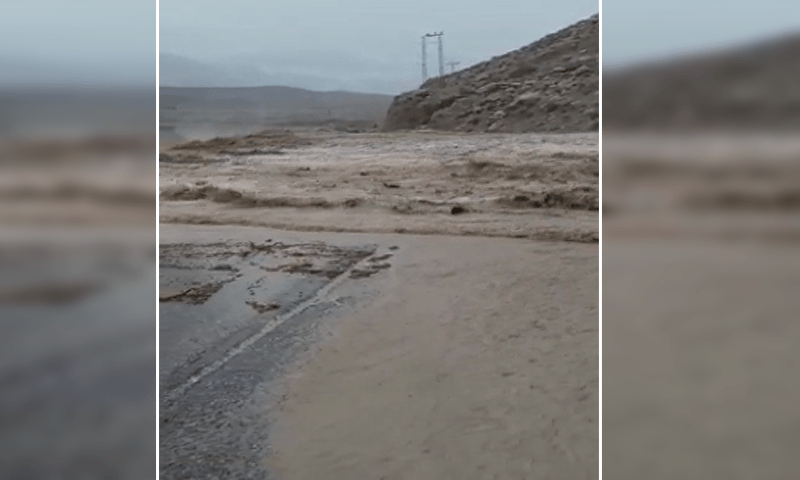India textile industry boom after Bangladesh collapse
The global textile and apparel (T&A) industry is projected to expand at a compounded annual growth rate (CAGR) of 5.8 percent to reach $1.53 trillion by 2033. India is at a critical juncture in the global T&A landscape, poised to harness its vast potential as a leading textile hub.
The Textile & Apparel 360° Report 2024, released by Groyyo Consulting, offers a sweeping analysis of the T&A industry, spotlighting transformative trends and India’s growing stature in this dynamic sector. The report delves into India’s dual role as both a rising exporter and importer, highlighting mixed performance trends and key growth drivers.
Global Landscape of Textile & Apparel Trade
The global T&A market is experiencing unprecedented growth, fueled by evolving consumer demands, technological advancements, and sustainable practices. China continues to dominate the landscape, contributing 30 percent of global apparel trade, with exports worth $154 billion in 2023. Meanwhile, the EU-27 remains the largest importer, accounting for 41 percent of readymade garment (RMG) imports, with import values at $183 billion. The US follows as the second-largest importer, with imports worth $82 billion.
Regional Export Powerhouses
China’s leadership in yarn and fabric exports remains unchallenged, but nations like Bangladesh and Vietnam are carving significant niches in apparel exports. Regional partnerships and supply chain optimizations are becoming pivotal, unlocking growth potential across value chains. Bangladesh, for instance, has leveraged its competitive manufacturing capabilities and preferential trade agreements to solidify its position as a global apparel hub.
Shifts in Global Supply Chain Dynamics
The report underscores the growing importance of regional trade agreements and nearshoring trends. Countries are rethinking their supply chain strategies, emphasizing resilience and efficiency amid geopolitical shifts and post-pandemic recovery. These developments present significant opportunities for emerging markets to capture larger shares of global trade.
Bihar is positioning itself as a key player in India’s textile sector. With a young workforce, competitive costs, and skilled labour, the state offers 24 lakh sq ft of plug-and-play facilities across 84 industrial zones. Policies such as the Textile & Leather Policy 2022 and Export Promotion Policy 2024 provide 24/7 water and power, creating a conducive environment for textile investments.


Comments
Post a Comment